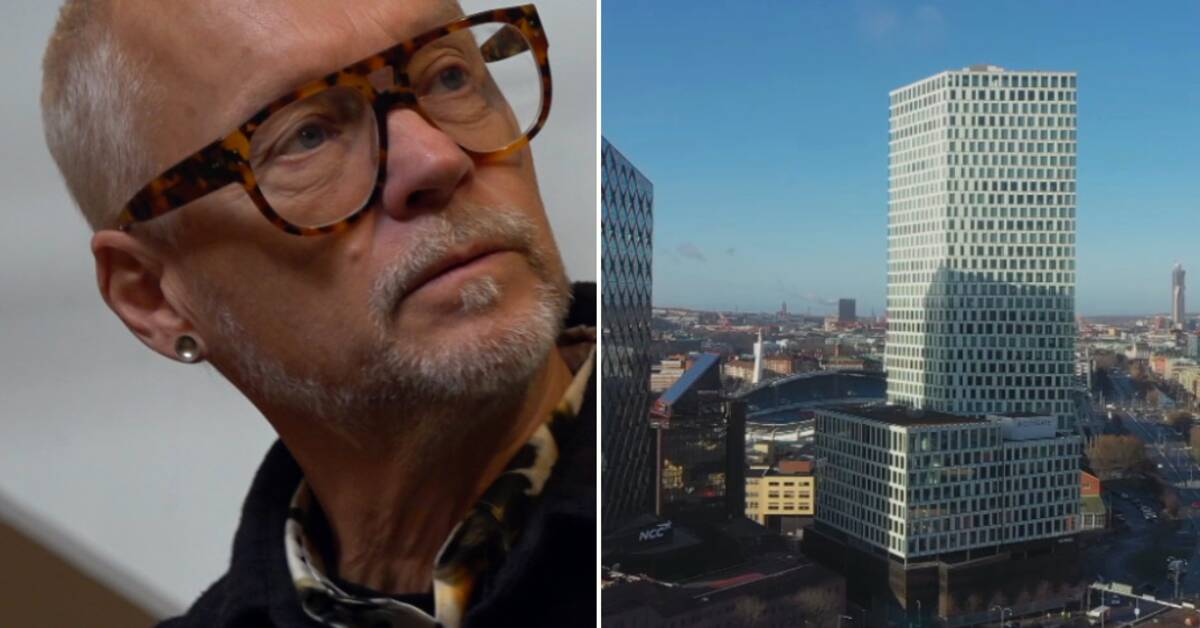Björn Siesjö has been a city architect in Gothenburg for eleven years and has lived in the city for 40 years.
He believes that there is room for tall buildings in the city, admittedly not in the absolute center, but in clusters outside.
But capital investment is required to build new high-rise buildings, and with worse times, growth seems to have taken a break.
- Based on the fact that Gothenburg has always been a city with large industrial structures such as bridges over the river, cranes, we have thought that the Gothenburg landscape can withstand a little longer.
We have thus released clusters and clusters of tall buildings on the edge of the city centre, says Björn Siesjö, city architect Gothenburg.
Is this a clear sign that Gothenburg has left the "small town" and become the beginning of a "big city"?
- Yes, but I think it actually is.
We haven't been to Småstad for a long time, but maybe we've been there mentally, says Björn Siesjö.
The neighborhood must be preserved
Regarding the future, Björn Siesjö says this:
- I have reflected on it, and that is probably why we have made some clusters, and it is clear that we will finish building them.
But in the central city, there are perhaps not that many more good places for skyscrapers.
- If we take the historic city, the neighborhood city from the 19th century, there we have said that we should not have any more tall buildings, says Björn Siesjö.
Are tall buildings nice or ugly?
- If I think it's nice and you think it's ugly, that's completely fine, we can talk about it.
Nor can I, as an urban architect, determine what is beautiful or ugly, it is in the eye of the beholder.
He believes that there are other values that are more important.
- We must have a city that works and is sustainable in the long term.
A city where you can get around by public transport, or as a pedestrian or cyclist and where fewer people need to get around by car, says Björn Siesjö, city architect Gothenburg.

